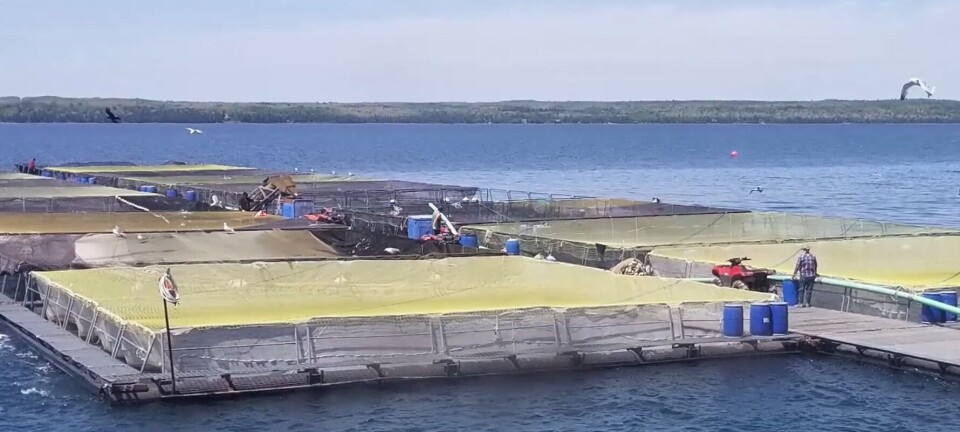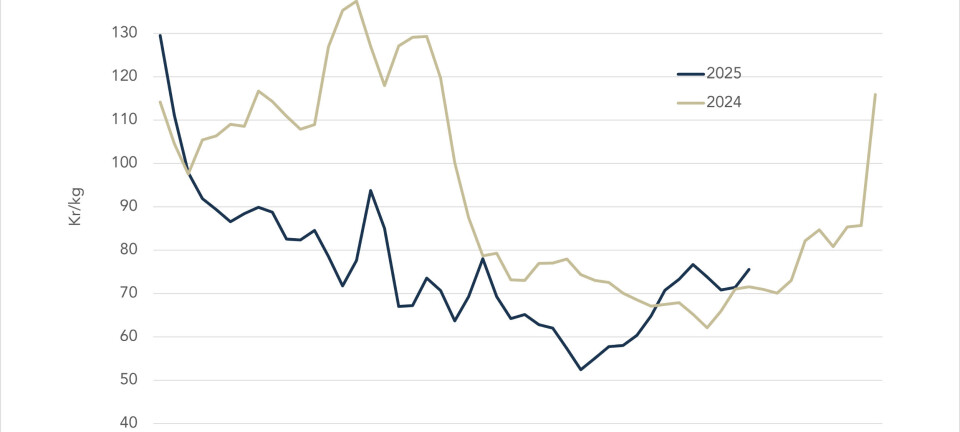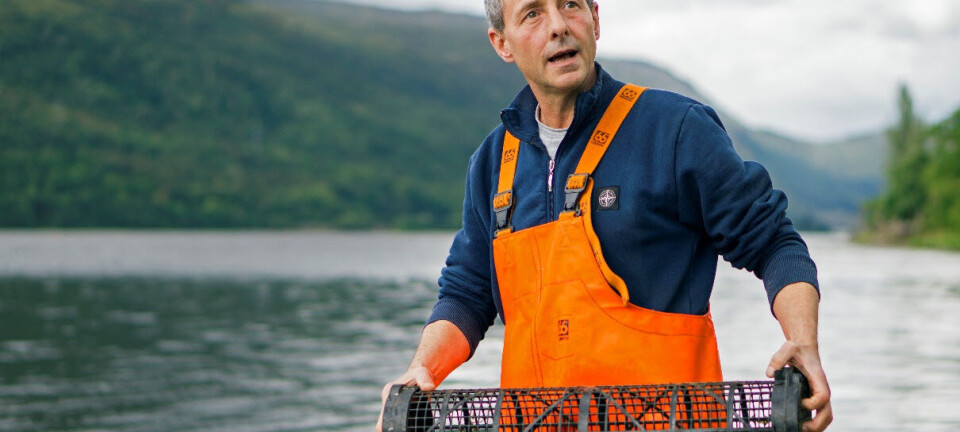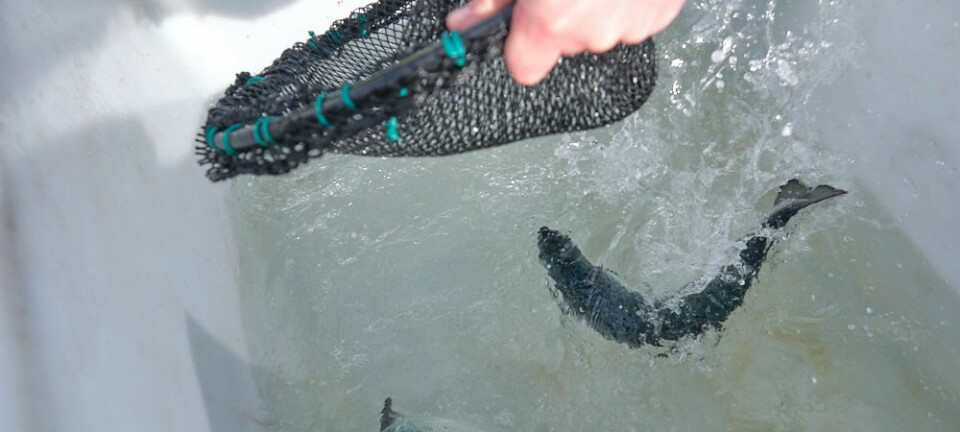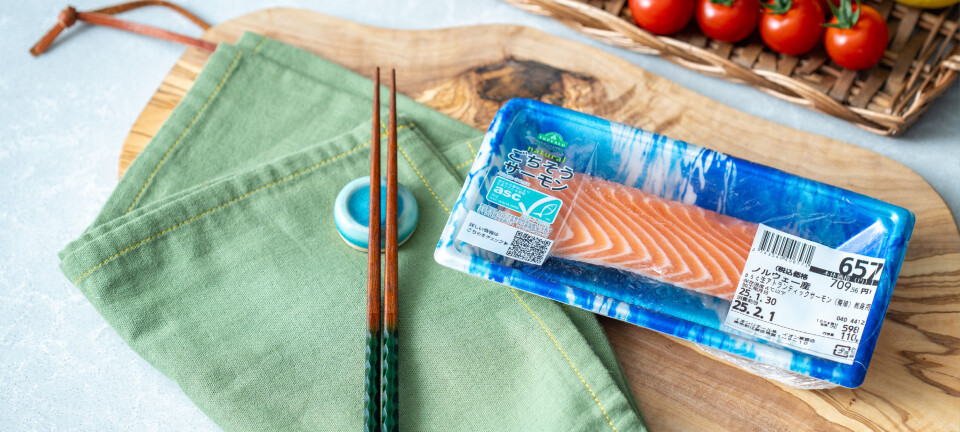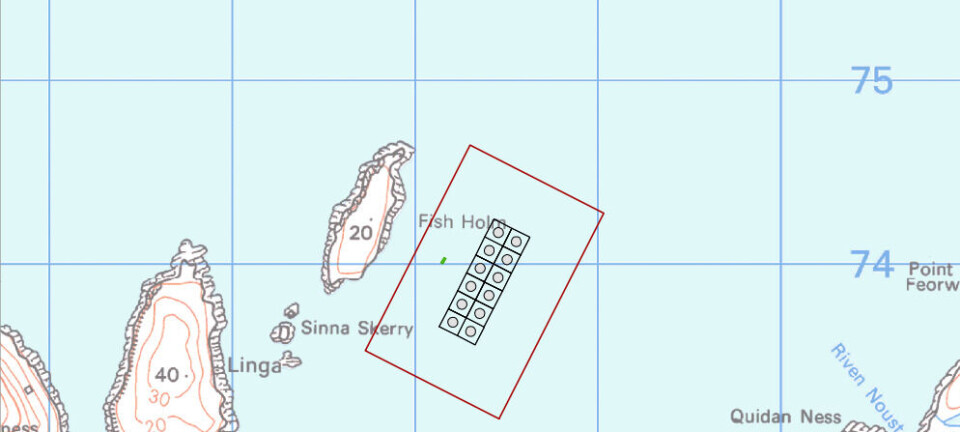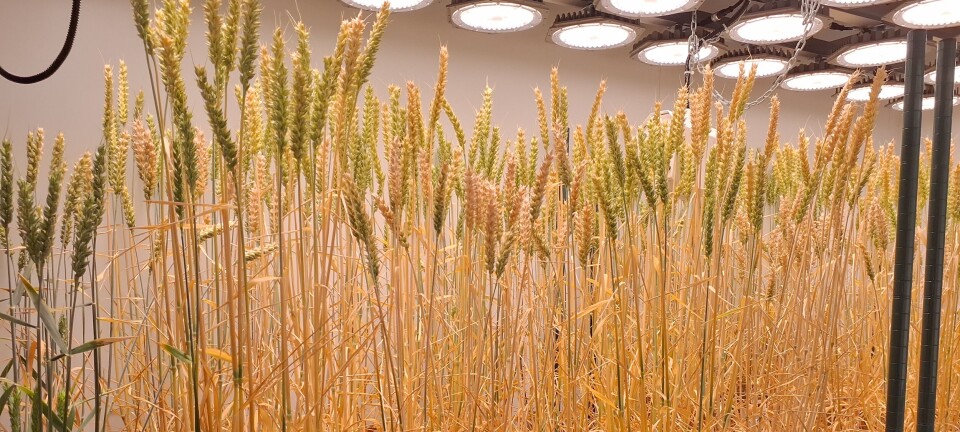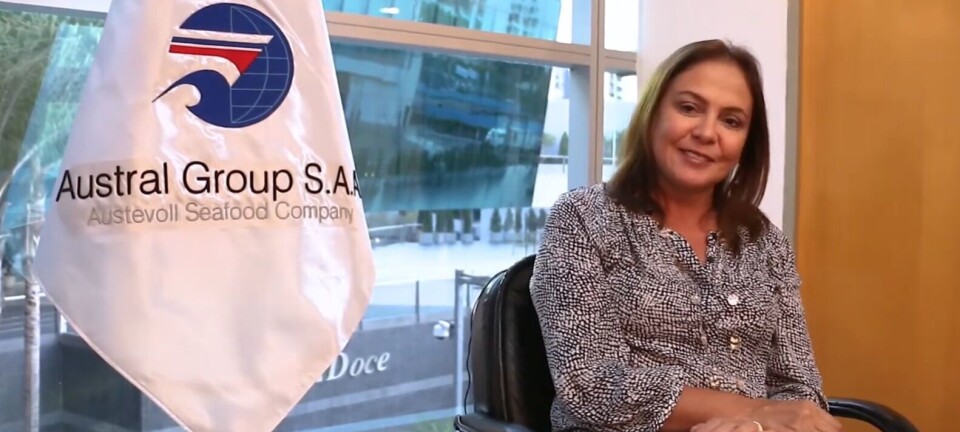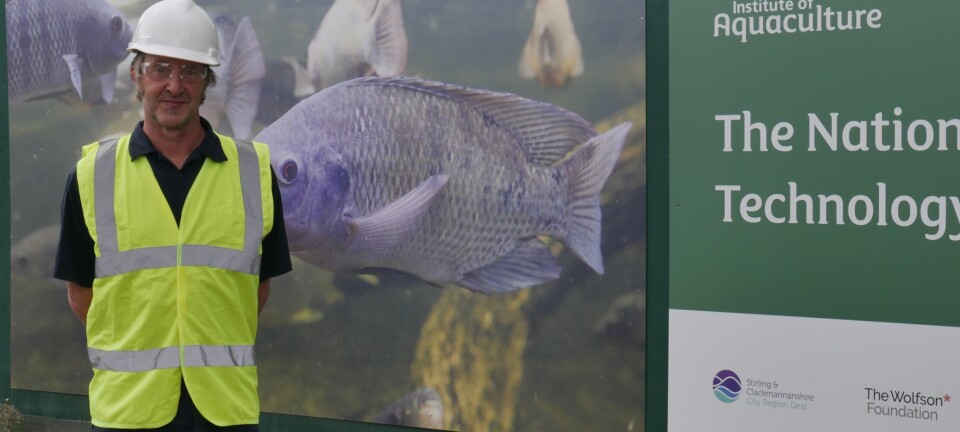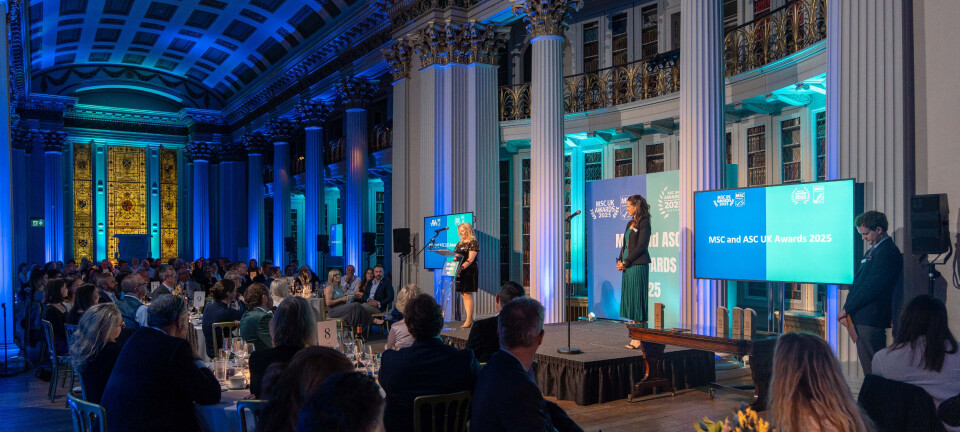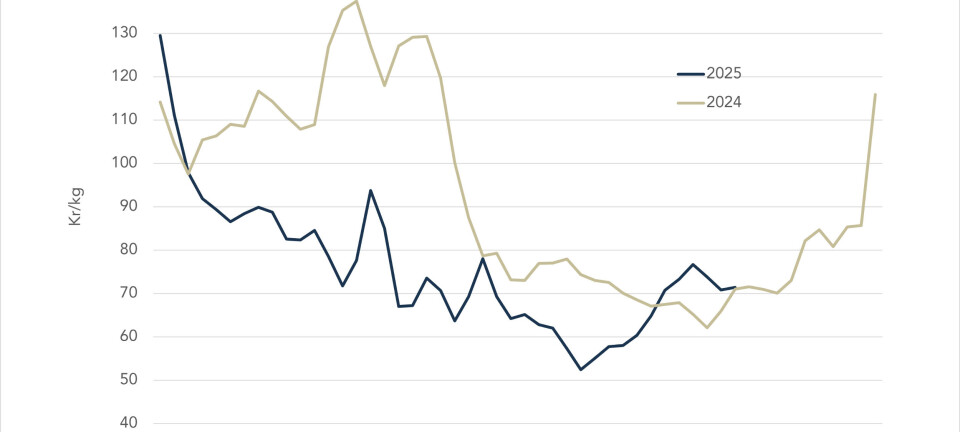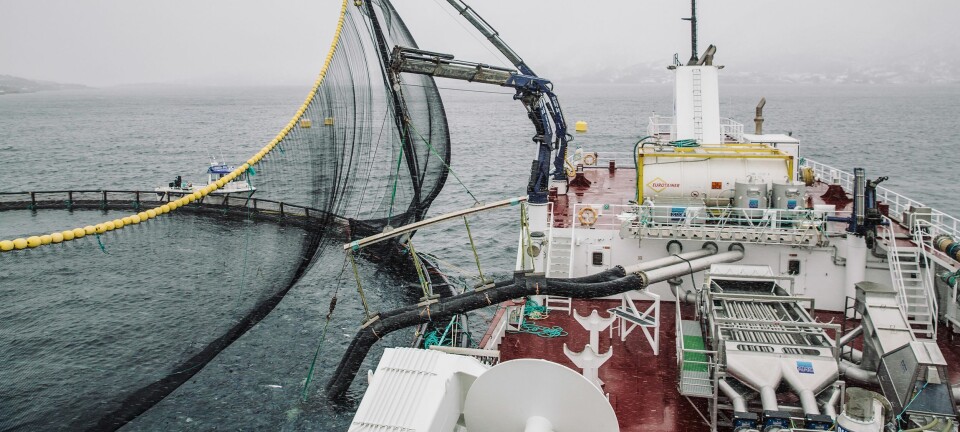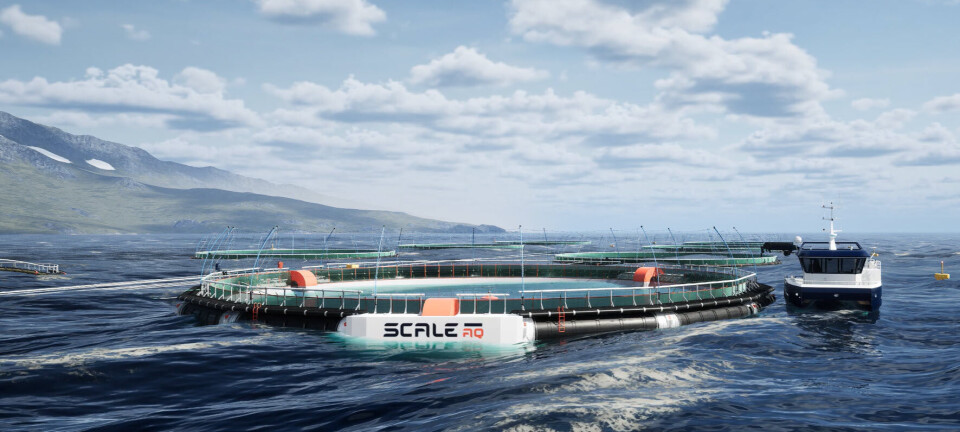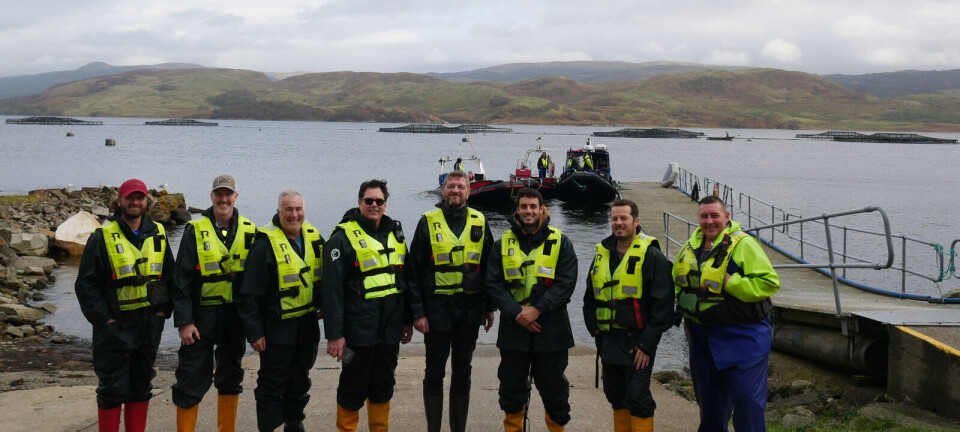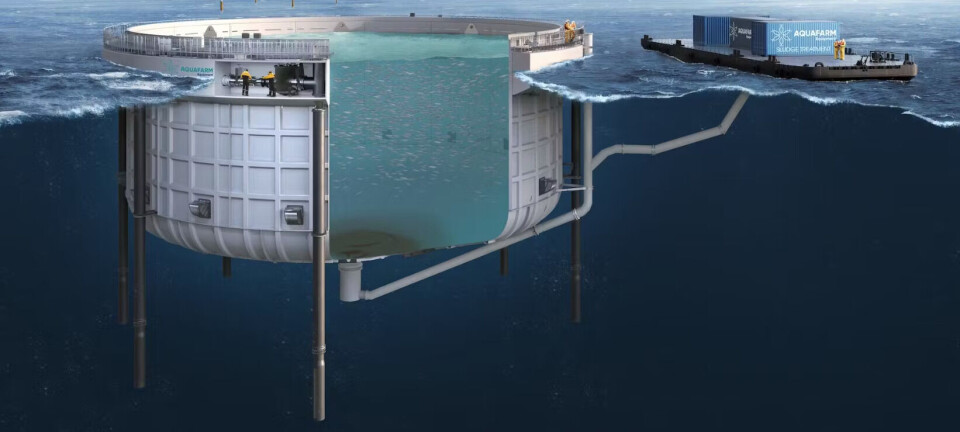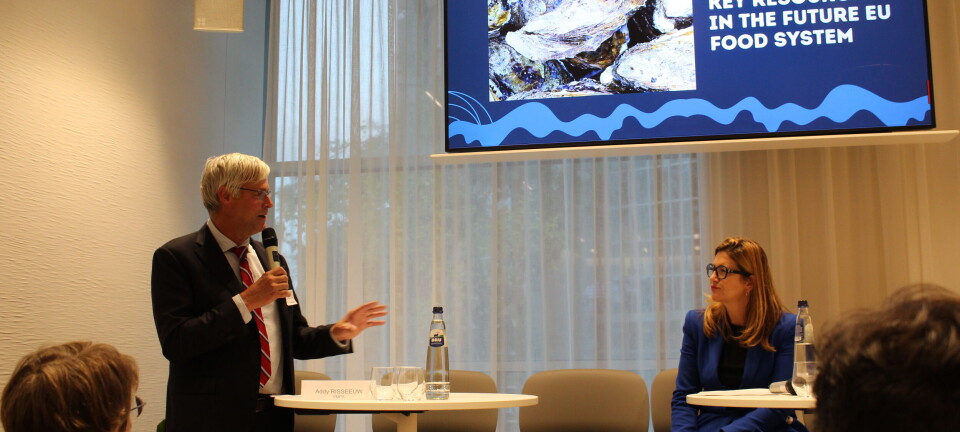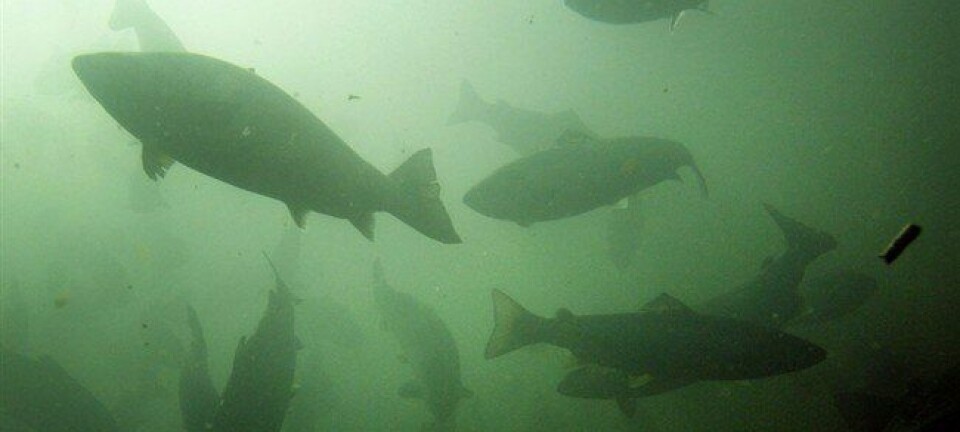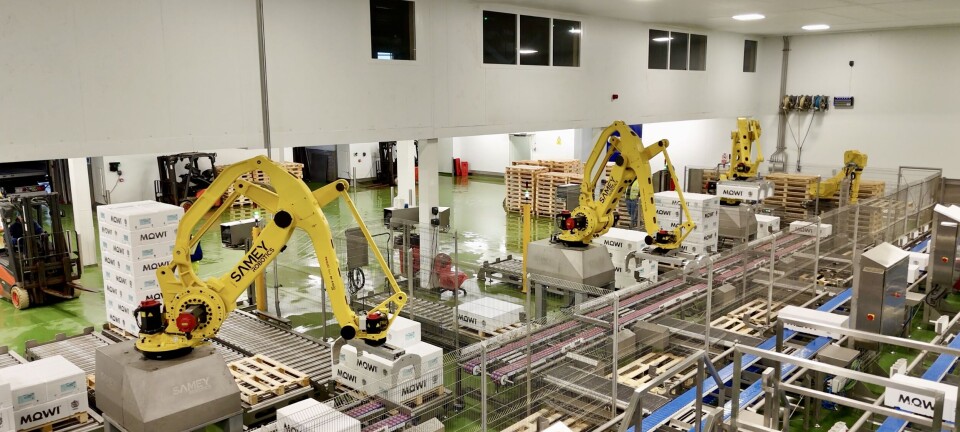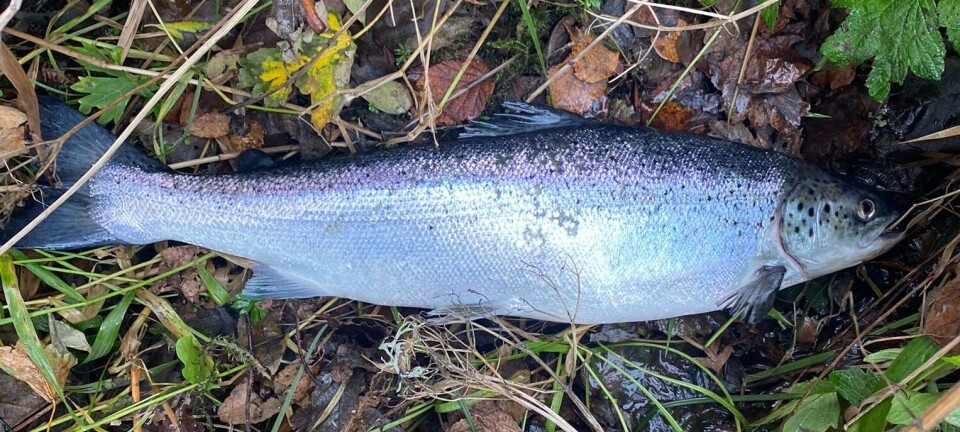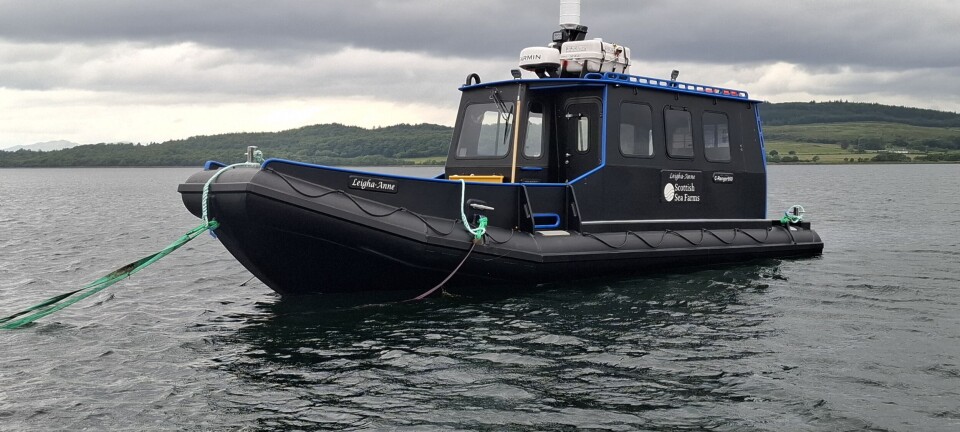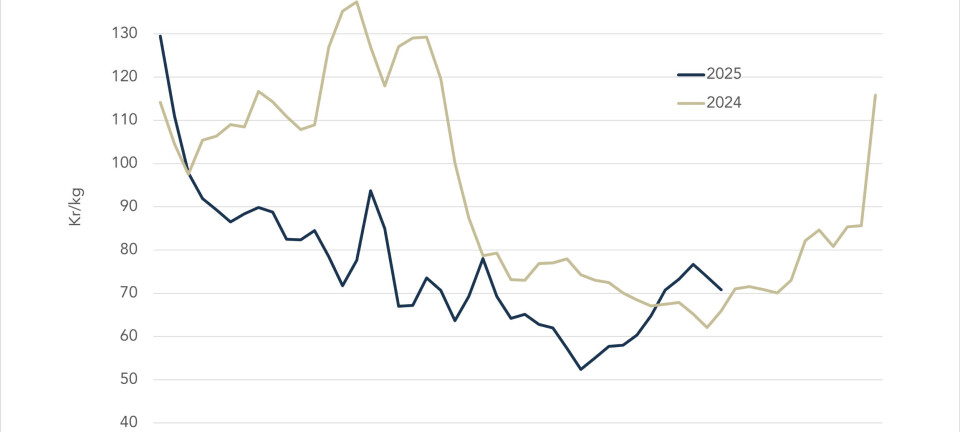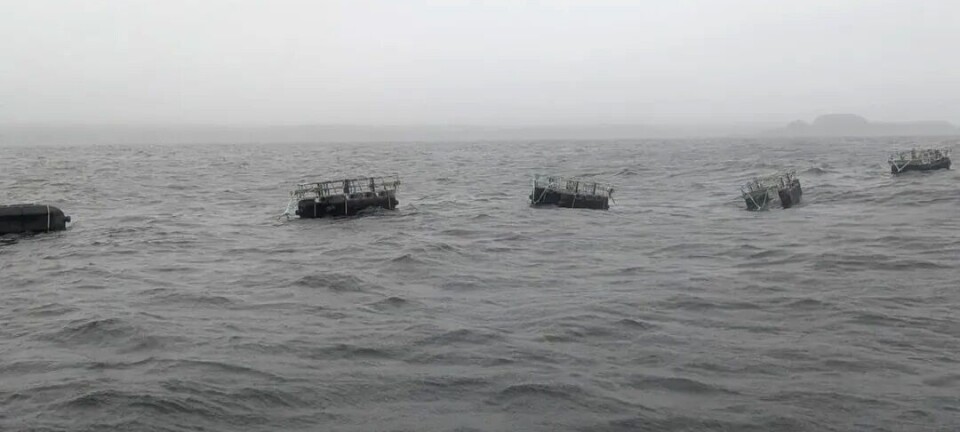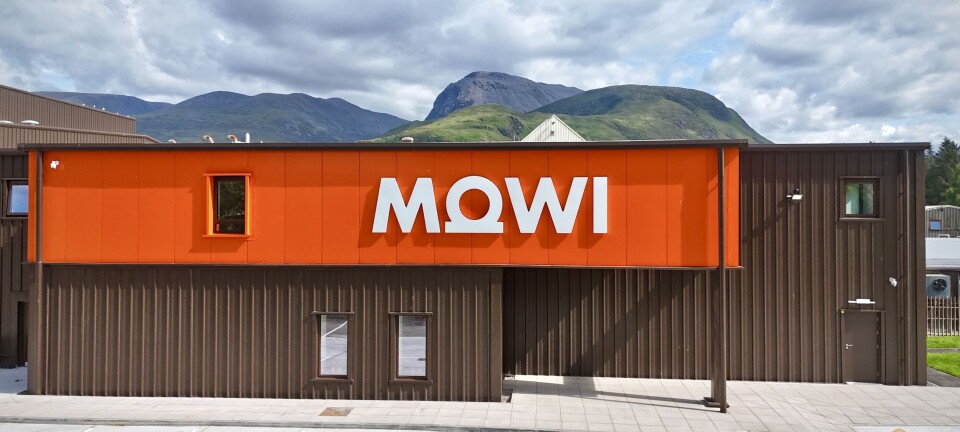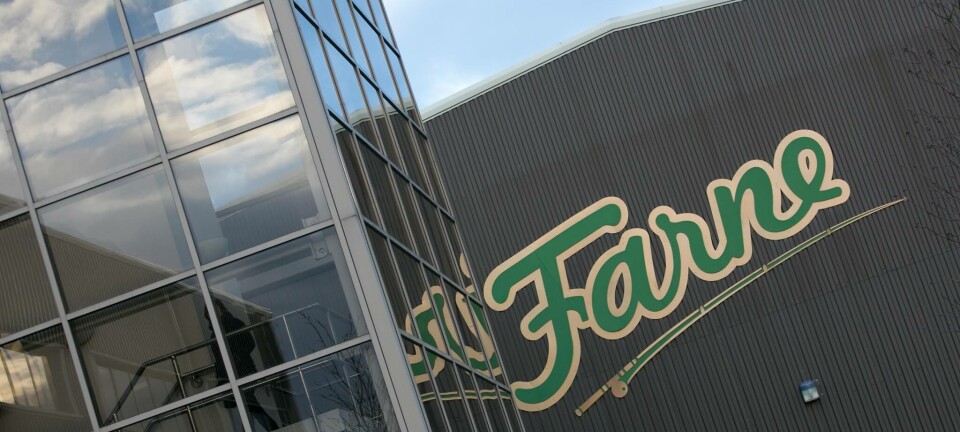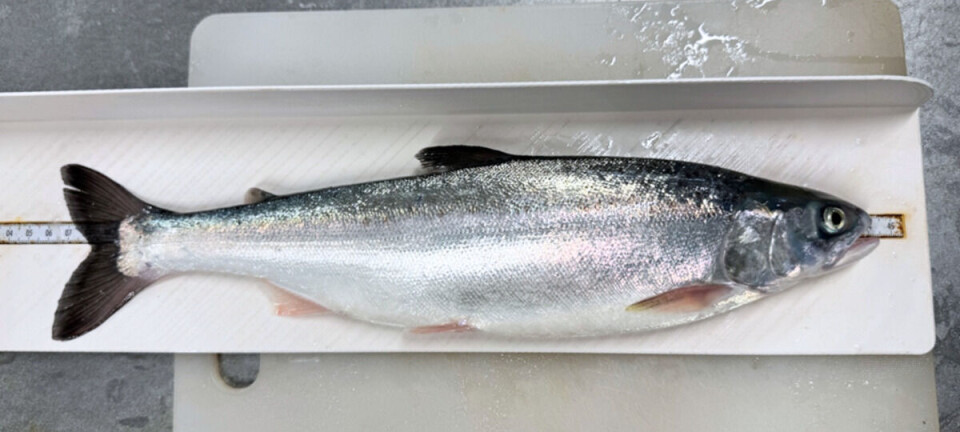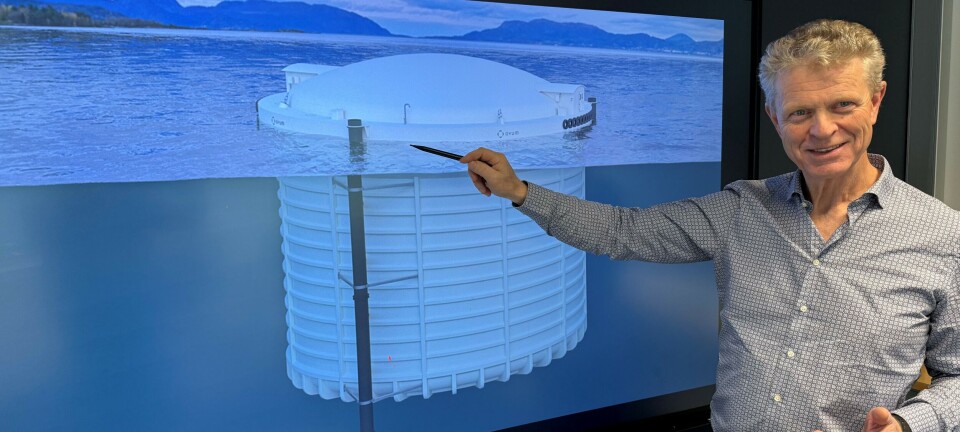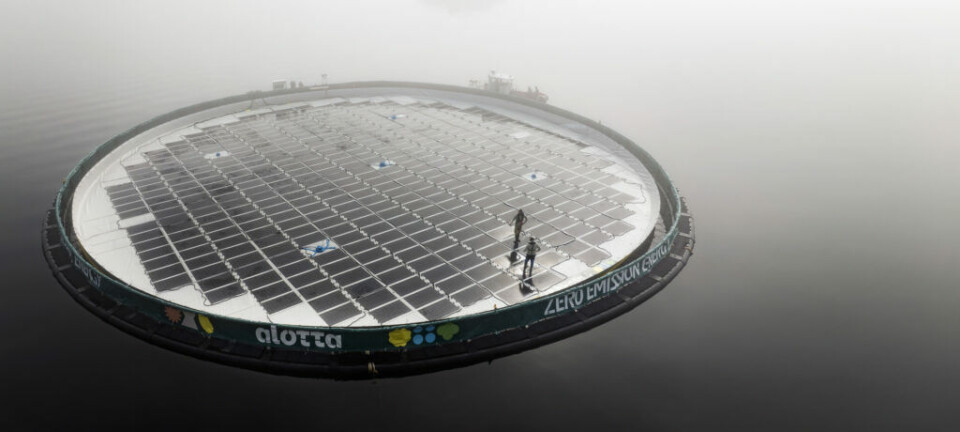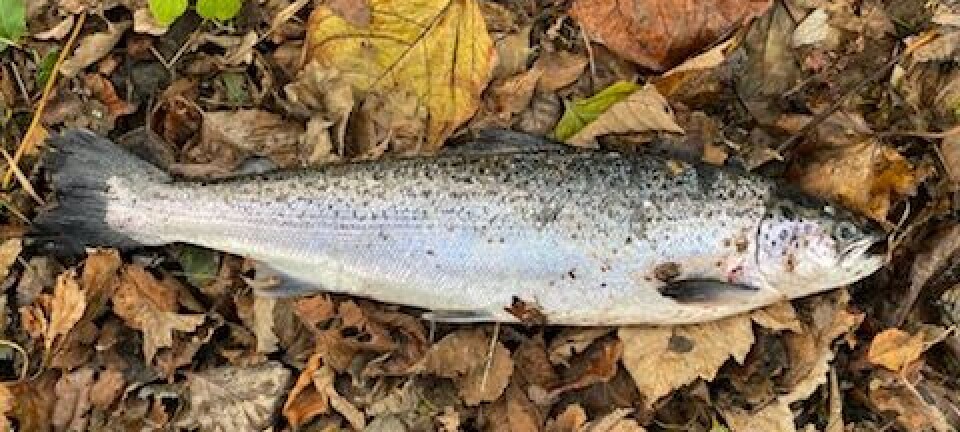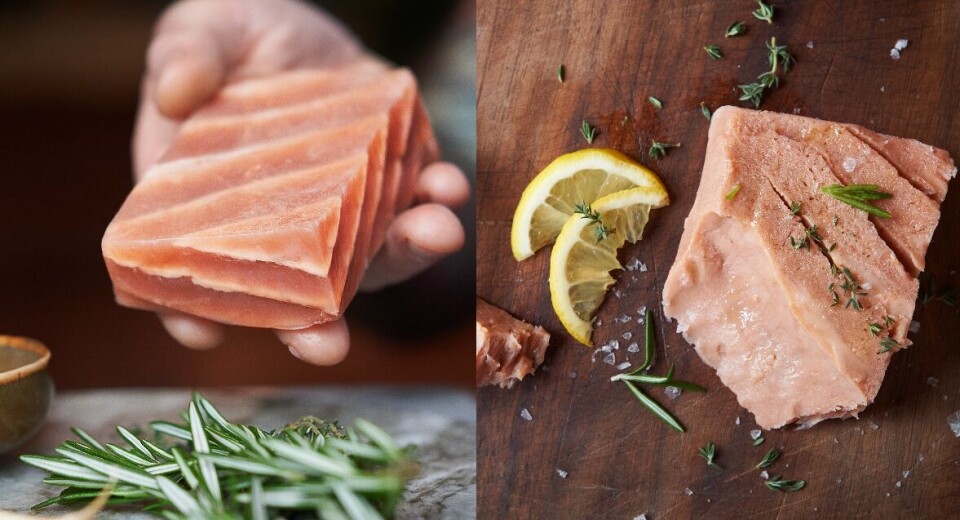
Canadian plant-based salmon developer raises $12m
New School Foods will hire more scientists and build pilot plant
New School Foods, which makes a plant-based salmon alternative, has raised $12 million in seed funding to expand its team of food scientists, scale up the “scaffolding” technology it uses to create the product, and build out a research and pilot production facility.
The Toronto-based company hopes to have its product in restaurants next year.
Unusually for plant-based fish analogues, the company’s whole-cut salmon analogue is raw.
Freezing technology
Chief executive Chris Bryson told AGTech Daily website that most companies in the plant-based meat space use extrusion, a process that uses heat and pressure to transform the appearance of ingredients, but also means the end product is already cooked.
New School Foods has a different approach, using freezing technology, biological scaffolding and R&D to create a fish analogue that not only has the look and texture of actual seafood, but also starts out looking raw, made of uncooked plant-based proteins like potatoes or peas that change as they cook.

If it doesn’t look like the product you’re trying to substitute, we’re gonna have a problem
He believes a raw product is more likely to appeal to flexitarian consumers who are used to buying fish in a raw state.
“What’s the consumer experience going to be at the shelf?” Bryson asked AGTech Daily. “You don’t sample it first, you buy with your eyes. So, if it doesn’t look like raw meat, and doesn’t look like the product you’re trying to substitute, we’re gonna have a problem. It’s only going to be the vegan audience that wants it.”
Seaweed scaffold
New School Foods uses a patented seaweed-derived scaffold to give its salmon analogue meat-like texture.
A base gel of seaweed-derived hydrocolloids is placed on an extremely cold surface, which has been chilled to a temperature below freezing. The gel and its colder base are placed in a freezing chamber, which is cold enough for the gel to freeze, but not as cold as the base surface. In this setup, the water in the gel freezes essentially from the bottom up, in an arrangement of orderly and straight lines.
Thawing the frozen gel to remove the water leaves behind a scaffold of straight lines, Bryson told AgTech Daily. When that scaffold is filled with plant proteins, it looks, feels, flakes and tears like a whole cut of meat.
“When we’re talking about whole cuts, …if you don’t have fibres, it might as well be tofu,” he said.
Cooking behaviour
After creating the scaffold, New School Foods turns it into a fillet by adding plant proteins which can range from canola to pea and potato, and are chosen used for their appearance, nutrition and relatively neutral taste.
Bryson wants proteins that give the product a similar look, cooking behaviour, texture and nutritional profile as the actual fish. For New School’s salmon, he told AgTech Daily, New School Foods wants proteins that will cook in the oven at the same rate as a fillet of the fish - about 12 to 15 minutes at 200 degrees Celsius.
New School Foods’ fundraising includes investments from Lever VC, Blue Horizon, Hatch, Good Startup, Alwyn Capital, and Joyance Partners, as well as grants from multiple agencies, including Protein Industry Canada.


















